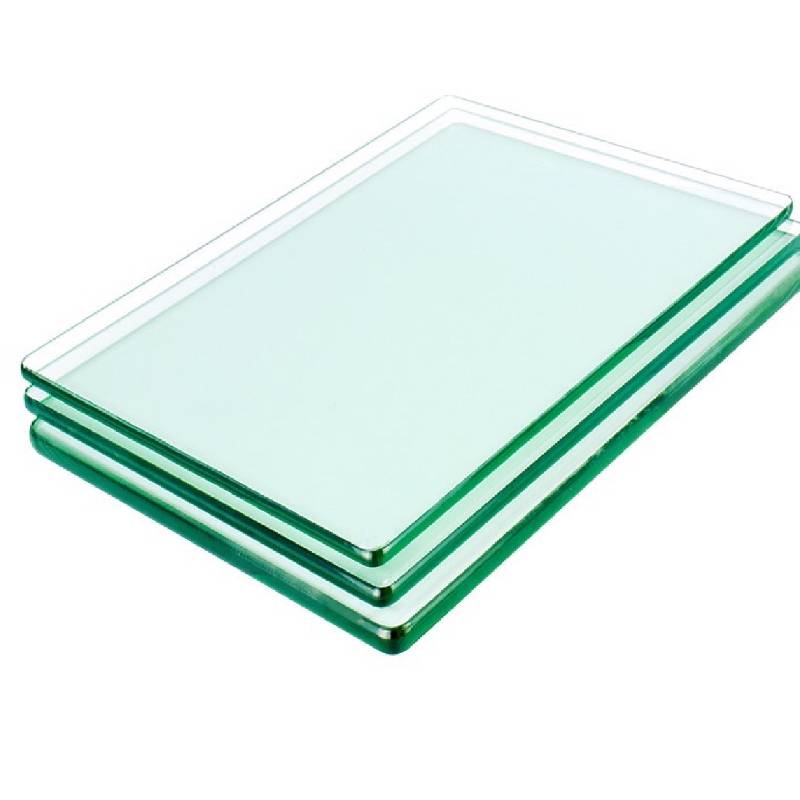The float glass manufacturing process, a revolutionary technique introduced in the mid-20th century, has transformed the way glass is produced. It is renowned for producing high-quality, flat glass with exceptional clarity and minimal imperfections, making it a preferred choice for architectural, automotive, and various decorative applications.
The process begins with the careful selection of raw materials, primarily silica sand, soda ash, and limestone. Other additives can include alumina, which improves durability, or magnesium oxide, which reduces the melting temperature. These materials are meticulously weighed and mixed to create a consistent batch.
Once the raw materials are prepared, they are fed into a furnace that operates at extremely high temperatures, typically around 1,700 degrees Celsius (3,092 degrees Fahrenheit). In the furnace, the batch melts to form molten glass. This phase is critical, as it ensures that the materials are fully fused, creating a homogeneous glassy liquid without bubbles or other defects.
After melting, the molten glass is continuously poured onto a bed of molten tin in a controlled environment—a unique aspect of the float glass process. The tin establishes a flat surface, allowing the glass to spread out evenly. As the glass floats on the tin, it self-levels and forms a smooth surface. The thickness of the glass can be adjusted by varying the rate at which it is fed onto the tin bath.
float glass manufacturing process
As the glass moves through the tin bath, it undergoes a gradual cooling process, known as annealing, in a controlled atmosphere. This stage is crucial for relieving internal stresses that can occur in the glass. The cooling rate is precisely controlled to ensure uniform thickness and thermal stability, which are essential for the glass's strength.
Once it exits the tin bath, the continuous sheet of glass is cut into desired sizes and shapes using high-precision cutting equipment. It can then be polished, coated, or treated with various finishes, depending on the application requirements, such as enhancing energy efficiency or improving safety.
Quality control is integral to the float glass manufacturing process. Each sheet of glass is inspected for clarity, thickness, and surface quality. Any defects are identified and rectified immediately to maintain high standards. Modern technologies, including automated sensors and AI-driven quality assurance systems, have enhanced the ability to detect imperfections, ensuring that only the best products reach the market.
In conclusion, the float glass manufacturing process is a sophisticated and highly efficient method that has positioned itself as a cornerstone of the glass industry. With its ability to produce large volumes of high-quality flat glass, it meets the demands of various sectors, including construction, automotive, and consumer goods. As innovations continue to emerge within this field, the float glass process will likely evolve, further enhancing glass quality and application versatility in the modern world.
 Afrikaans
Afrikaans  Albanian
Albanian  Amharic
Amharic  Arabic
Arabic  Armenian
Armenian  Azerbaijani
Azerbaijani  Basque
Basque  Belarusian
Belarusian  Bengali
Bengali  Bosnian
Bosnian  Bulgarian
Bulgarian  Catalan
Catalan  Cebuano
Cebuano  Corsican
Corsican  Croatian
Croatian  Czech
Czech  Danish
Danish  Dutch
Dutch  English
English  Esperanto
Esperanto  Estonian
Estonian  Finnish
Finnish  French
French  Frisian
Frisian  Galician
Galician  Georgian
Georgian  German
German  Greek
Greek  Gujarati
Gujarati  Haitian Creole
Haitian Creole  hausa
hausa  hawaiian
hawaiian  Hebrew
Hebrew  Hindi
Hindi  Miao
Miao  Hungarian
Hungarian  Icelandic
Icelandic  igbo
igbo  Indonesian
Indonesian  irish
irish  Italian
Italian  Japanese
Japanese  Javanese
Javanese  Kannada
Kannada  kazakh
kazakh  Khmer
Khmer  Rwandese
Rwandese  Korean
Korean  Kurdish
Kurdish  Kyrgyz
Kyrgyz  Lao
Lao  Latin
Latin  Latvian
Latvian  Lithuanian
Lithuanian  Luxembourgish
Luxembourgish  Macedonian
Macedonian  Malgashi
Malgashi  Malay
Malay  Malayalam
Malayalam  Maltese
Maltese  Maori
Maori  Marathi
Marathi  Mongolian
Mongolian  Myanmar
Myanmar  Nepali
Nepali  Norwegian
Norwegian  Norwegian
Norwegian  Occitan
Occitan  Pashto
Pashto  Persian
Persian  Polish
Polish  Portuguese
Portuguese  Punjabi
Punjabi  Romanian
Romanian  Russian
Russian  Samoan
Samoan  Scottish Gaelic
Scottish Gaelic  Serbian
Serbian  Sesotho
Sesotho  Shona
Shona  Sindhi
Sindhi  Sinhala
Sinhala  Slovak
Slovak  Slovenian
Slovenian  Somali
Somali  Spanish
Spanish  Sundanese
Sundanese  Swahili
Swahili  Swedish
Swedish  Tagalog
Tagalog  Tajik
Tajik  Tamil
Tamil  Tatar
Tatar  Telugu
Telugu  Thai
Thai  Turkish
Turkish  Turkmen
Turkmen  Ukrainian
Ukrainian  Urdu
Urdu  Uighur
Uighur  Uzbek
Uzbek  Vietnamese
Vietnamese  Welsh
Welsh  Bantu
Bantu  Yiddish
Yiddish  Yoruba
Yoruba  Zulu
Zulu 

